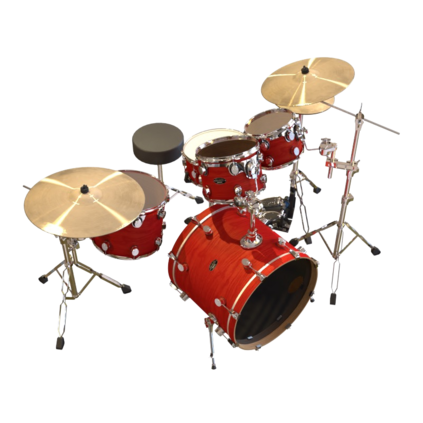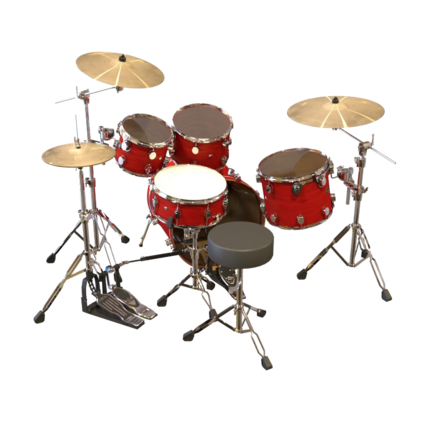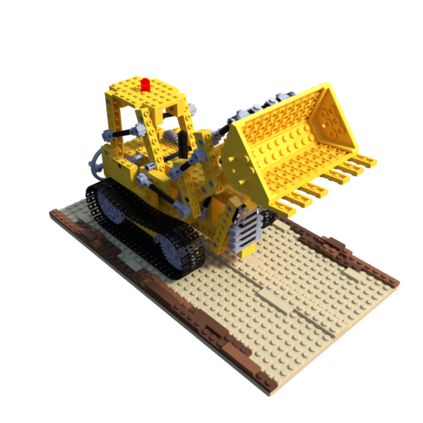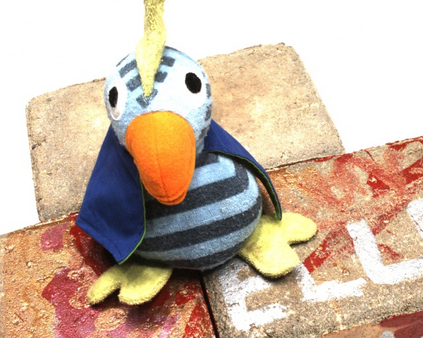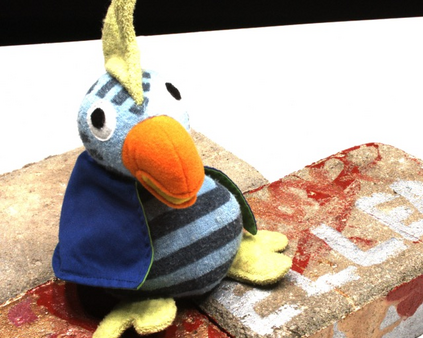Neural Radiance Fields (NeRF) have demonstrated very impressive performance in novel view synthesis via implicitly modelling 3D representations from multi-view 2D images. However, most existing studies train NeRF models with either reasonable camera pose initialization or manually-crafted camera pose distributions which are often unavailable or hard to acquire in various real-world data. We design VMRF, an innovative view matching NeRF that enables effective NeRF training without requiring prior knowledge in camera poses or camera pose distributions. VMRF introduces a view matching scheme, which exploits unbalanced optimal transport to produce a feature transport plan for mapping a rendered image with randomly initialized camera pose to the corresponding real image. With the feature transport plan as the guidance, a novel pose calibration technique is designed which rectifies the initially randomized camera poses by predicting relative pose transformations between the pair of rendered and real images. Extensive experiments over a number of synthetic and real datasets show that the proposed VMRF outperforms the state-of-the-art qualitatively and quantitatively by large margins.
翻译:神经辐射场(Neoral Radiance Fields)(NeRF)通过多视图 2D 图像的隐性模拟 3D 显示的新观点合成展示了非常令人印象深刻的性能;然而,大多数现有研究都用合理的照相机来培训NeRF模型,这些模型的初始化或人工制作的照相机往往无法或难以获得各种现实世界数据中的分布;我们设计了VMRF, 这是一种与NeRF匹配的创新观点,它使得NeRF培训能够不要求事先了解摄像头或照相机的分布;VMRF引入了一种匹配方案,利用不平衡的最佳运输方法来制作一个特征传输计划,用来绘制以随机初始化照相机为相应真实图像的成像。以特征传输计划作为指南,设计了一种新型的形状校准技术,通过预测成像与真实图像的对配对与真实图像的相对面的表面变化来调整最初随机化的相机。对一系列合成和真实数据集进行的广泛实验表明,拟议的VMRF在质量和数量上比大边缘的状态要强。



















